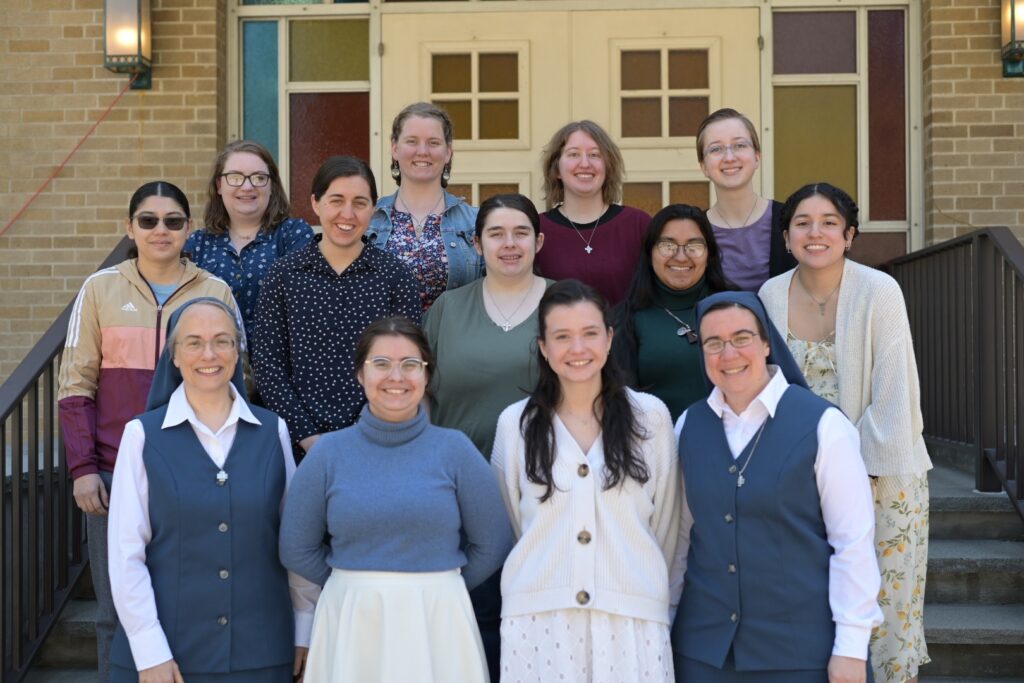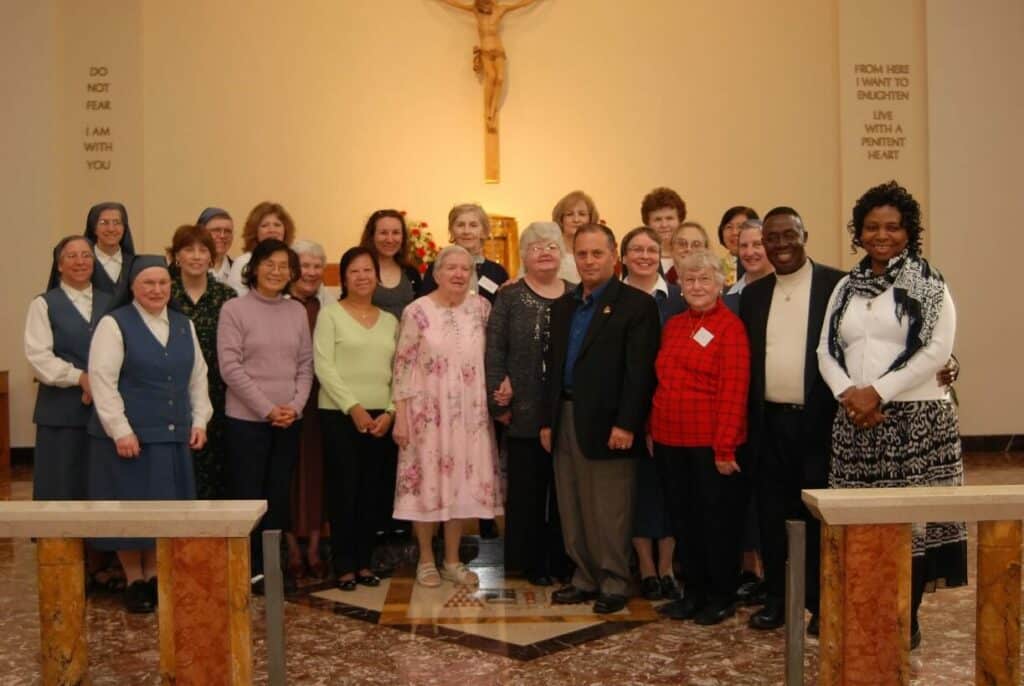How is your Lent going? We’re about halfway through it already. If you have a Lenten plan and have stuck with it so far, that’s great. If not, there’s still time to correct our course and prepare for Easter. In doing this, we have a wonderful example in Mary, our Blessed Mother. We just celebrated the feast of the Annunciation. That feast is not meant to just be another day, but it shows us how we can live in response to God’s loving invitations to us.
Mary is the New Eve and the Prudent Virgin
Church writers have often drawn a parallel between Eve and Mary. Eve was the first woman in the original creation of the world. Mary is the first woman in God’s re-creation of a world marked by sin. Sadly, Eve missed the mark and fell into sin. As the Book of Genesis tells us, the serpent (ie. the devil) slithers up to Eve and starts to talk to her. He lies in the form of a question: “Did God say, ‘You shall not eat from any tree in the garden’?” (Gen 3:1) Of course God had never said that. He had told Adam and Eve that they could eat from all the trees except one—the tree of the knowledge of good and evil. Right away Eve answered the serpent and told him what God had said. But in talking to the devil she had already fallen into the trap. That was her first mistake. Once we start to do that, we’ve taken the bait and it’s only a matter of time before the devil can reel us in like a fish on a hook.
In contrast, consider how Mary responded when the angel Gabriel came to her and said, “Hail, full of grace! The Lord is with you” (Lk 1:28). Mary didn’t dive right in and start talking to the angel. Instead, the Gospel tells us that “She was greatly troubled at what was said and pondered what sort of greeting this might be” (Lk 1:29) Even though Gabriel was an angel sent by God, Mary first pondered in her heart before she said anything. She discerned and asked a question. Gabriel gave her more information. Then, when Mary was sure this invitation was from God, she said “yes” to God: “Behold, I am the handmaid of the Lord” (Lk 1:38).
We can take this example from Mary for the rest of our Lenten journey. Mary was prudent. What is prudence? It’s a virtue that helps us to discern and make good decisions.
Suppose I ask myself, “What can I do this Lent to become a better Christian?” Saint Thomas Aquinas presents three steps that can help us (See Summa Theol., II-II, q. 47, a 8, and q. 49).
1) The first step is to take counsel, to inquire into something so as to make a discovery. This might seem obvious because I already know what Lent is. But I can recall that the Church recommends three general things in Lent: prayer, fasting, and almsgiving. Which one do I want to focus on now? I can recall what things worked for me in past Lents and what didn’t work. That will help me to decide what I can do now.
2) The second step is make a judgment, that is, to actually decide what to do. After getting the data I need, I can evaluate what I learned in step one, and decide what I will do to grow spiritually in Lent. Maybe I’ll resolve to listen more to others instead of talking so much. Or maybe I’ll donate some time to volunteer for a good cause, or to set aside a certain time for prayer. In making these decisions, Thomas suggests that we make a well-reasoned decision. He means to use foresight to anticipate any difficulties that might arise, and take steps to avoid them. He also reminds us to pay attention to our circumstances. For example, although fasting is good, I might have a health issue that means I shouldn’t fast. So far we’re still in the realm of thought, not action. That’s good, but I’ll never do anything unless I can reach the next step.
3) The third act is the most important one of all: Thomas calls it the act of executive command. In other words, we give ourselves a command to do something. That’s the most important part of prudence, because it’s not meant to be merely an intellectual exercise. It’s meant to push us toward acting. Often we know what we should do to make our lives better, but we just don’t want to do it and keep avoiding the issue. Sometimes we can make resolution after resolution, but never follow through. Why? It’s because we haven’t reached the moment of truth, when the virtue of prudence kicks in with its act of executive command, and we start to do something positive. It’s when we stop kidding ourselves. To get a sense of this, think about a time in your own life when you actually made a positive change. Maybe you had been thinking for a while that you should start eating in a more healthful way, but it was just an idea. But then a day came when you decided “I’m going to do this, not just think about it anymore!” That was when you got off the couch, put down the chips and the bowl of ice cream, and started to plan healthy meals. Or it could have been some other change. But whatever it was, it was the moment when you stopped just thinking about something you wanted to do, and actually did it. That’s what the virtue of prudence can do for us.
By following the simple steps that Thomas outlines, we can make better decisions and be more open to grace in our lives, just as Mary was. Then we are truly living the grace of the feast of the Annunciation.
By Marianne Lorraine Trouvé, FSP






